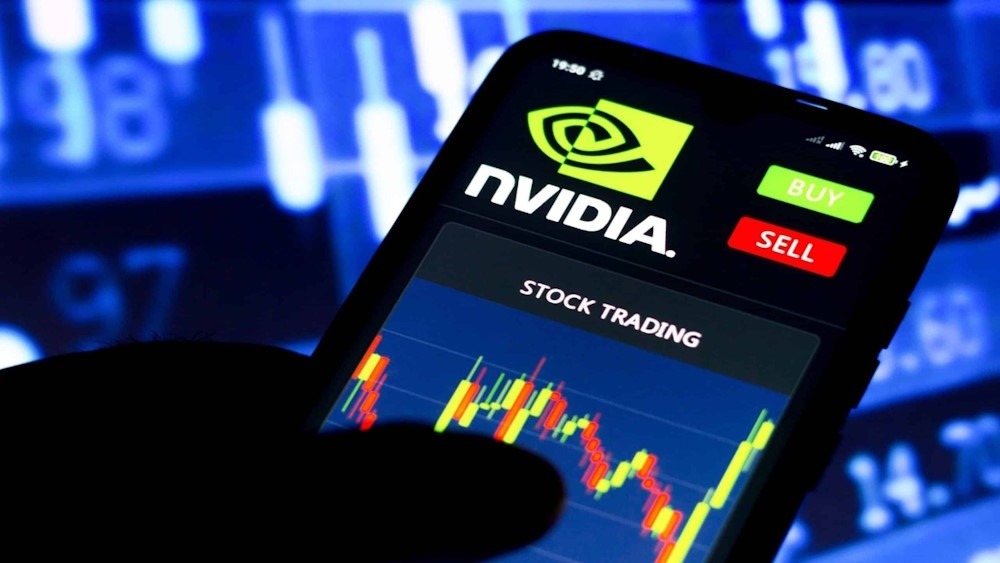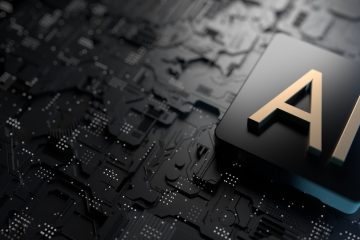Speculation of a Bubble Raise by Nvidia’s Surge

The stock market has reached new heights, boosted in part by Nvidia’s stratospheric rise. Additionally, it has caused some on Wall Street to use the “B word.”
As interest in AI continues to soar, Nvidia’s chips have become an essential product, catapulting the company to the top of the stock market.
Since October 14, 2022, the stock price of Nvidia has increased by over seven times, and the company’s market worth has surpassed $2 trillion, making it the third most valuable in the United States. Following the release of the chipmaker’s astronomical fourth-quarter earnings on February 21, the valuation of the company increased by approximately $280 billion in only two trading sessions. While Apple and Microsoft needed almost 500 trading days to reach that milestone, Nvidia reached it in just 180 trading days, going from $1 trillion to $2 trillion.
During this time, Nvidia’s stock has risen to become a favorite among regular people looking to invest. Information gathered from 59 Wall Street analysts indicates that 54 of them have either an outperform or buy recommendation for the company.
A number of other chip stocks have also tagged along. The PHLX Semiconductor Index has up 18% so far in 2018. The stock of Advanced Micro Devices is up 37%, that of Lam Research is up 25%, and that of Broadcom is up 25%.
While the S&P 500 has already recorded fifteen record finishes in 2024, the Nasdaq Composite achieved its first new high since 2021 on Thursday. With gains of 8.4% and 7.7% so far this year, respectively, both indexes have been on the rise for 16 of the last 18 weeks.
Some analysts on Wall Street are starting to question if this increase is turning into a typical market bubble due to all the excitement.
In 2018, senior partner Emerson Ham III of Sound View Wealth Advisors began recommending chip stocks to his customers. Since then, he has noticed an increase in calls from clients regarding AI stocks.”I become anxious whenever things go swimmingly for me. We’re discussing with clients the possibility of removing some unnecessary features.
In a letter to investors this week, Apollo chief economist Torsten Slok said, “The current AI bubble is bigger than the 1990s tech bubble.” Some were more direct than that.
Everyone who is for or against the stock believes that Nvidia’s meteoric ascent has been accompanied by massive profits. That is what differentiates the current AI craze from other previous speculative manias, such the ones involving cannabis or blockchain stocks.
After making $680 million in the three months ending in October 2022, Nvidia increased their profit to $12.29 billion in the most recent quarter. During the same time span, gross profit margins increased from 53.6% to nearly 76%.
Consequently, according to some metrics, the stock has actually gone down in price: The stock price of Nvidia is 32 times its 12-month earnings forecast, as reported by FactSet. After two years, it averages 38 times. It is 20.6 times the S&P 500.
Since its price-to-earnings ratio is lower now than it was a year ago, we can’t label it a speculative bubble. According to Joseph Zappia, principal and co-chief investment officer at LVW Advisors, Nvidia is not only saying the right things, but also doing them.
All of this is taking place as the market is experiencing a bull run. When prices rise, it’s excellent news for investors overall, he said.
Some wonder if Nvidia will be able to continue its rapid expansion. For the fiscal year ending in January, analysts surveyed by FactSet anticipate $107 billion in sales, an increase from $60.9 billion the previous year.
They are concerned that big tech companies’ chip demand won’t be sustainable in the future. According to Nvidia, one customer was responsible for almost 20% of sales in 2017. Some are concerned that new rivals may enter the market and cut into their profits by producing chips that are inferior to their current offerings.
“It seems like people are losing sight of the fact that this is a company that goes boom and bust,” commented Fred Hickey, from the High-Tech Strategist. He mentioned that following last month’s earnings announcement, he bought long-dated put options, which are a wager against Nvidia. Dow Jones Market Data reports that since Nvidia went public in 1999, there have been fourteen instances where the share price has dropped by 50% or more. The stock most recently fell 56% in just two months in 2018 and 52% in just eight months ending in 2022.
“At some point, wages are limited. According to Ham of Sound View, “it just doesn’t work that way” and they won’t double every year.
The lack of fresh initial public offerings (IPOs) with an AI theme was cited by bulls as another important reason working in favor of Nvidia, alongside earnings.
Michael Sansoterra, chief investment officer of Silvant Capital Management, expressed his support for Webvan and Pets.com, adding that he was also a shareholder in Nvidia. “And there’s just nothing like that out there today,” he continued, bringing up the two dot-com IPOs that were a complete bust.
Despite the fears, not many are lining up to wager against the firm. Based on data from Nasdaq, slightly more than one percent of shares that are accessible to the public are sold short.










